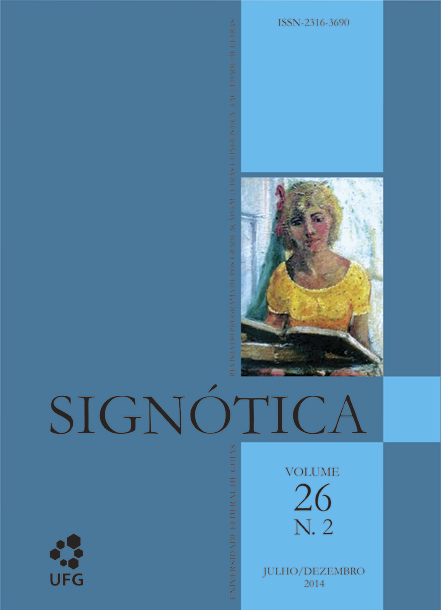Morphological split in Nheengatu bitransitive constructions
DOI:
https://doi.org/10.5216/sig.v26i2.30004Keywords:
Nheengatu (Amazonian lingual geral), referential hierarchies, ditransitive constructions, morphological split, purposive modality.Abstract
In Tupi-Guarani languages, referential hierarchies have proven valuable for analyzing differential patterns of marking objects in transitive sentences (Jensen, 1990) for a comparative view). Unlike other languages of the family, Nheengatu (Amazonian lingual geral) treats speech-acts participants and 3rd person in transitive sentences the same. Nheengatu further differentiates itself by its innovative use of referential hierarchies in the ditranstive constructions: referential effects lead to a split in the form of marking goals/recepients. Additionally, the marking of goals/recepients may also be associated with the expression of purposive modality. This paper describes the patterns used for indicating goals/recepients, and analyzes the syntactic, semantic and pragmatic factors correlated to each of the possible constructions.
Downloads
Downloads
Published
How to Cite
Issue
Section
License
Author (s) authorize Signótica to publish an article, if accepted, signing its contribution as original and not submitted to another publisher for publication. In case of acceptance and publication, Signótica's articles are Creative Comons BY-NC-ND (Attribution + Non-Commercial + Non-Derivatives)





1.png)





